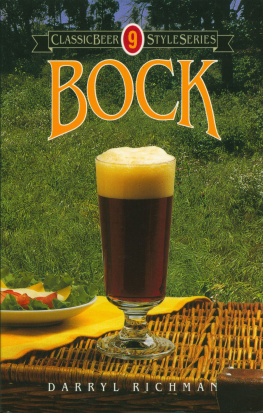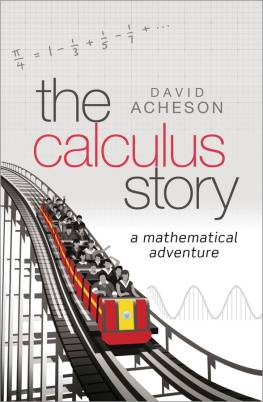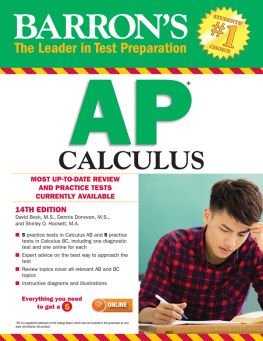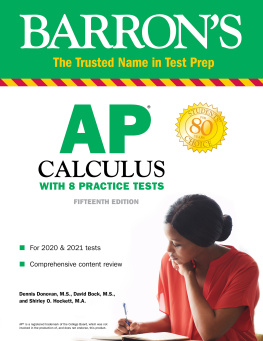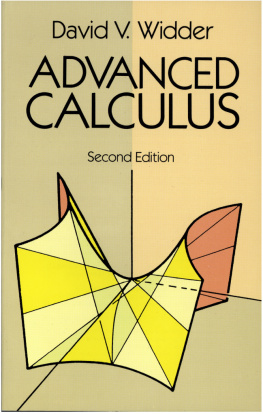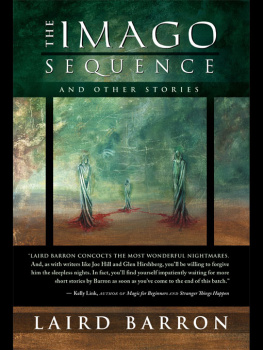David Bock - Barron’s AP Calculus
Here you can read online David Bock - Barron’s AP Calculus full text of the book (entire story) in english for free. Download pdf and epub, get meaning, cover and reviews about this ebook. year: 2012, publisher: Barron’s Educational Series, Inc., genre: Science. Description of the work, (preface) as well as reviews are available. Best literature library LitArk.com created for fans of good reading and offers a wide selection of genres:
Romance novel
Science fiction
Adventure
Detective
Science
History
Home and family
Prose
Art
Politics
Computer
Non-fiction
Religion
Business
Children
Humor
Choose a favorite category and find really read worthwhile books. Enjoy immersion in the world of imagination, feel the emotions of the characters or learn something new for yourself, make an fascinating discovery.
- Book:Barron’s AP Calculus
- Author:
- Publisher:Barron’s Educational Series, Inc.
- Genre:
- Year:2012
- Rating:5 / 5
- Favourites:Add to favourites
- Your mark:
- 100
- 1
- 2
- 3
- 4
- 5
Barron’s AP Calculus: summary, description and annotation
We offer to read an annotation, description, summary or preface (depends on what the author of the book "Barron’s AP Calculus" wrote himself). If you haven't found the necessary information about the book — write in the comments, we will try to find it.
Barron’s AP Calculus — read online for free the complete book (whole text) full work
Below is the text of the book, divided by pages. System saving the place of the last page read, allows you to conveniently read the book "Barron’s AP Calculus" online for free, without having to search again every time where you left off. Put a bookmark, and you can go to the page where you finished reading at any time.
Font size:
Interval:
Bookmark:


Copyright 2013, 2012, 2010, 2008 by Barrons Educational Series, Inc. Prior editions copyright 2005, 2002, 1998 under the title How to Prepare for the AP Advanced Placement Examination in Calculus and 1995, 1992, 1987, 1983, 1971 under the title How to Prepare for the Advanced Placement Examination: Mathematics by Barrons Educational Series, Inc.
All rights reserved. No part of this publication may be reproduced or distributed in any form or by any means without the written permission of the copyright owner. All inquiries should be addressed to:
Barrons Educational Series, Inc.
250 Wireless Boulevard
Hauppauge, New York 11788
www.barronseduc.com eISBN: 978-1-4380-9214-0 First eBook publication: February, 2013 International Standard Serial No. (book): 1940-3089
International Standard Serial No. (Barrons AP Calculus Flash Cards are a great way to study these!) Understand that a derivative is an instantaneous rate of change, and be able to apply that concept to: find equations of tangent lines; determine where a function is increasing/decreasing, concave up/down, or has maxima, minima, or points of inflection; analyze the speed, velocity, and acceleration of an object in motion; solve related rates problems, using implicit differentiation when necessary. (Barrons AP Calculus Flash Cards are a great way to study these!) Understand that a derivative is an instantaneous rate of change, and be able to apply that concept to: find equations of tangent lines; determine where a function is increasing/decreasing, concave up/down, or has maxima, minima, or points of inflection; analyze the speed, velocity, and acceleration of an object in motion; solve related rates problems, using implicit differentiation when necessary.
Understand that integrals represent accumulation functions based on antiderivatives, and be able to apply those concepts to: the average value of a function; area and volume; position of object in motion and distance traveled; total amount when given the rate of accumulation; differential equations, including solutions and slope fields. Be able to apply any of the above calculus concepts to functions defined algebraically, graphically, or in tables. Be able to maximize your score on the exam by: answering all the multiple-choice questions; knowing how and when to use your calculator, and when not to; understanding what work you need to show; knowing how to explain, interpret, and justify answers when a question requires that. (The free-response solutions in this book model such answers.) Barrons Essential As you review the content in this book to work toward earning that on your AP CALCULUS BC exam, here are five things that you MUST know above everything else: Master the Essential 5 listed for the AB Calculus Exam. These form the core for questions that determine your AB subscore, and provide the essential knowledge base youll need for questions related to the additional BC topics. Understand how to extend AB Calculus concepts to more advanced situations, including: using LHpitals rule to find limits of indeterminate forms; using limits to analyze improper integrals; solving logistic differential equations and estimating solutions using Eulers method; finding antiderivatives using integration by parts or partial fractions; finding arc lengths.
Be able to apply calculus concepts to parametrically defined functions and polar functions. Know how to analyze the position, velocity, speed, acceleration, and distance traveled for an object in motion in two dimensions by applying calculus concepts to vectors. Understand infinite series. You must be able to: determine whether a series converges or diverges; use Taylors theorem to represent functions as power series; determine the interval of convergence for a power series; find bounds on the error for estimates based on series. Since this is an eBook and may be veiwed on various devices, please adjust accordingly. All graphs, equations, and other illustrations may appear differently on each device.
This eBook contains hyperlinks that will help you navigate through content, bring you to helpful resources, and allow you to click between questions and anwers.
 T his book is intended for students who are preparing to take either of the two Advanced Placement Examinations in Mathematics offered by the College Entrance Examination Board, and for their teachers. It is based on the May 2012 course description published by the College Board, and covers the topics listed there for both Calculus AB and Calculus BC. Candidates who are planning to take the CLEP Examination on Calculus with Elementary Functions are referred to the section of this Introduction on that examination. Calculus AB and BC are both full-year courses in the calculus of functions of a single variable. Both courses emphasize: (1) student understanding of concepts and applications of calculus over manipulation and memorization; (2) developing the students ability to express functions, concepts, problems, and conclusions analytically, graphically, numerically, and verbally, and to understand how these are related; and (3) using a graphing calculator as a tool for mathematical investigations and for problem-solving.
T his book is intended for students who are preparing to take either of the two Advanced Placement Examinations in Mathematics offered by the College Entrance Examination Board, and for their teachers. It is based on the May 2012 course description published by the College Board, and covers the topics listed there for both Calculus AB and Calculus BC. Candidates who are planning to take the CLEP Examination on Calculus with Elementary Functions are referred to the section of this Introduction on that examination. Calculus AB and BC are both full-year courses in the calculus of functions of a single variable. Both courses emphasize: (1) student understanding of concepts and applications of calculus over manipulation and memorization; (2) developing the students ability to express functions, concepts, problems, and conclusions analytically, graphically, numerically, and verbally, and to understand how these are related; and (3) using a graphing calculator as a tool for mathematical investigations and for problem-solving. Both courses are intended for those students who have already studied college-preparatory mathematics: algebra, geometry, trigonometry, analytic geometry, and elementary functions (linear, polynomial, rational, exponential, logarithmic, trigonometric, inverse trigonometric, and piecewise). The AB topical course outline that follows can be covered in a full high-school academic year even if some time is allotted to studying elementary functions. The BC course assumes that students already have a thorough knowledge of all the topics noted above.
1. Functions and Graphs Rational, trigonometric, inverse trigonometric, exponential, and logarithmic functions. 2.Limits and Continuity Intuitive definitions; one-sided limits; functions becoming infinite; asymptotes and graphs; indeterminate limits of the form  estimating limits using tables or graphs. Definition of continuity; kinds of discontinuities; theorems about continuous functions; Extreme Value and Intermediate Value Theorems. 3. Differentiation Definition of derivative as the limit of a difference quotient and as instantaneous rate of change; derivatives of power, exponential, logarithmic, trig and inverse trig functions; product, quotient, and chain rules; differentiability and continuity; estimating a derivative numerically and graphically; implicit differentiation; derivative of the inverse of a function; the Mean Value Theorem; recognizing a given limit as a derivative. 4. 5. 5.
estimating limits using tables or graphs. Definition of continuity; kinds of discontinuities; theorems about continuous functions; Extreme Value and Intermediate Value Theorems. 3. Differentiation Definition of derivative as the limit of a difference quotient and as instantaneous rate of change; derivatives of power, exponential, logarithmic, trig and inverse trig functions; product, quotient, and chain rules; differentiability and continuity; estimating a derivative numerically and graphically; implicit differentiation; derivative of the inverse of a function; the Mean Value Theorem; recognizing a given limit as a derivative. 4. 5. 5.
Font size:
Interval:
Bookmark:
Similar books «Barron’s AP Calculus»
Look at similar books to Barron’s AP Calculus. We have selected literature similar in name and meaning in the hope of providing readers with more options to find new, interesting, not yet read works.
Discussion, reviews of the book Barron’s AP Calculus and just readers' own opinions. Leave your comments, write what you think about the work, its meaning or the main characters. Specify what exactly you liked and what you didn't like, and why you think so.


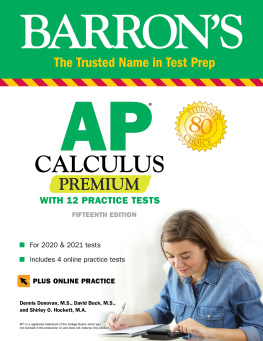
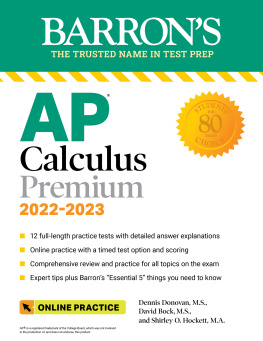
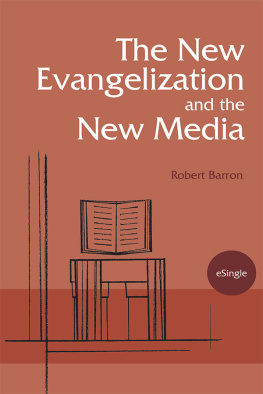
![Lisa Bock - Modern Cryptography for Cyber Security Professionals(2021)[Bock][9781838644352]](/uploads/posts/book/267644/thumbs/lisa-bock-modern-cryptography-for-cyber-security.jpg)

